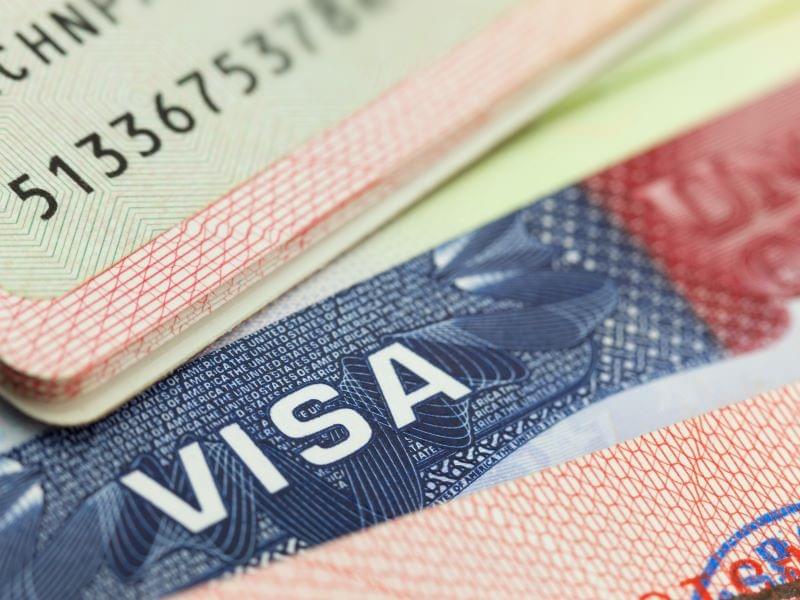The global security printing market is working to stay one step ahead of counterfeiters, especially as far as products such as banknotes and personal ID documents are concerned. This effort along with the unprecedented change driven by Covid-19 has sped up the digitalisation of certain types of security documents, as companies, brand owners and government organisations seek contactless solutions. These trends and other market drivers are detailed in
The Future of Global Security Printing to 2026, a new report from Smithers.
The global security printing market was worth an estimated $29.89 billion in 2021, according to the new global study. Market value has increased by an annual average of 2.4% since 2016, although this figure has been slightly distorted by a decrease of almost 4% during 2020, when Covid-19 and the measures imposed by the world’s authorities to curb the spread of the virus caused severe disruptions to global trade and economic activity and halted a period of constant growth. For the period leading up to 2026, the global market is forecast to expand further, increasing by a CAGR of 3.2% to reach a value of just over $35 billion.
Covid-19
As the Covid-19 pandemic circles around the globe, the adoption of new touchless technologies is forcing market disruption that will take place through 2026. According the new report from Smithers, the technology transition involves changing payment methods, greater use of digital platforms, progress in global ID for all, application of biometric technologies for identification, greater supply chain traceability and digital ticketing.
All sectors of security printing technologies, including DOVIDs (including holograms), substrates, security inks, taggants, watermarking, threads, biometrics, RFID and coding systems and print processes, have experienced an increase in market value within the last five years, driven by factors such as the growth in counterfeiting and criminal activity, as well as advances in technology that have brought new solutions to market.
Substrates
The substrates sector is the market’s largest in value terms, worth over $8.16 billion in 2021. The sector has increased by an annual average of 2.5% since 2016, with much of its growth attributed to the emergence of new substrates such as polycarbonates, which are finding greater favour for printing of banknotes across the world. However, the sector remains relatively mature, with the result that future growth during the period leading up to 2026 is forecast to average 2.3%. Growth during this time should also be hindered by the increased digitalisation of many types of security documents, with ticketing applications one notable example.
The substrates sector accounted for a leading 27.3% of total market value in 2021, a figure expected to fall slightly to just over 26% by 2026. Together with print processes, the two largest sectors accounted for a combined share of almost half in 2021, a figure that rises to more than 69% if RFID and coding systems are included.
End-use markets
Leading end-use applications for security printing are the banknotes and personal ID documents sectors. With sales worth over $11.91 billion in 2021, the banknotes sector is the larger of the two, ahead of personal ID documents ($8.93 billion). Between 2016 and 2021, annual growth in the banknotes sector averaged almost 5%, although this was distorted to some extent by the rise in value of more than 6% witnessed during 2020. Although Covid-19 resulted in far fewer people using cash for physical transactions in many parts of the world, demand for banknotes received a significant boost from consumers hoarding cash due to the uncertain economic climate. This led to a sharp upturn in the quantity of banknotes being printed in regions such as Western Europe and North America. Between 2021 and 2026, lower growth is expected for the sector, as banknotes come under greater pressure from electronic and digital payments. That said, many in the printing and financial services industries feel the predicted demise of cash has been overstated, since it remains the only choice of payment for large sections of the global population.
Declining sectors
The move from physical to digitalised documents continues to adversely affect demand for security printing in sectors such as cheques and ticketing. The cheques sector continues to lose ground to newer and more advanced forms of payment, with a further decline of over 5% per annum anticipated for the years between 2021 and 2026. The ticketing sector will also decline during this time, decreasing by a CAGR of 3.4%.
Ticketing was one of the pandemic’s biggest losers due to the resulting shutdown of much of the worldwide travel and entertainments industry, with market value falling by more than 50% during 2020. Even prior to Covid-19, however, more travel operators and entertainment venues had been shifting from physical to digital tickets, for reasons such as making the experience more convenient for consumers, as well as reducing printing costs and the impact upon the environment. The pandemic has further increased demand for contactless solutions, with the result that physical tickets will continue to lose ground.
